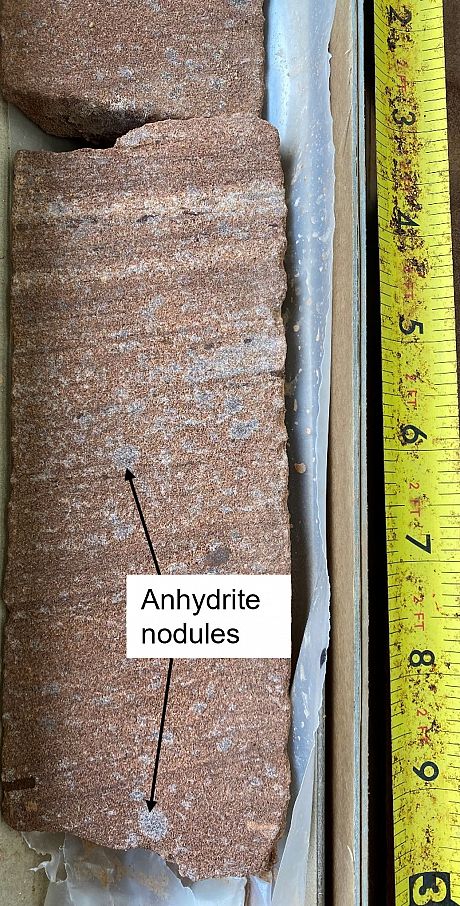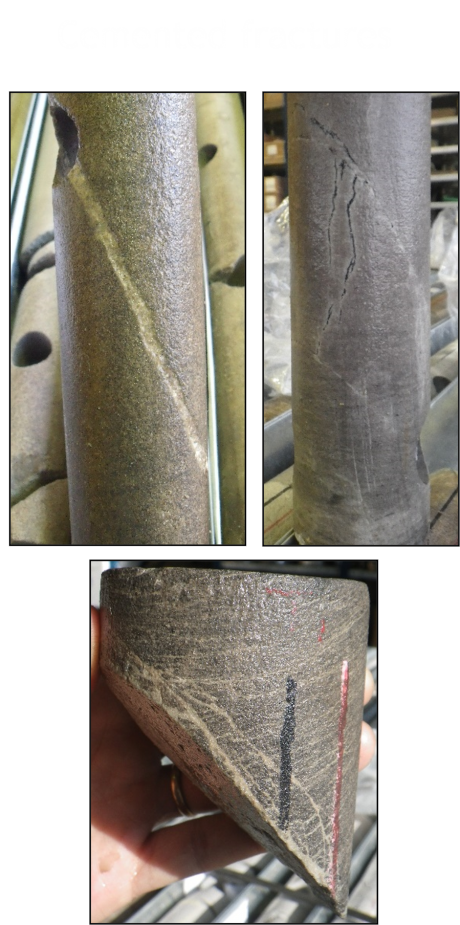
Drawing upon our extensive experience in clastic and carbonate reservoir characterisation, our fully integrated sedimentological, petrographic and structural approach is designed to assist in CO2 storage appraisal, modelling and risk assessment.
Careful planning and risk assessment of a CO2 storage site is underpinned by a detailed understanding of the subsurface. Reservoir geoscience is therefore vital for characterising the reservoir heterogeneity, seal integrity and fracture networks to facilitate modelling of CO2 plume migration and trapping mechanisms within the target reservoir.
CO2 Geological considerations
Many factors need to be considered when assessing the capacity, injectivity and containment potential of a CO2 storage site. Badley Ashton’s hierarchical reservoir description approach enables true integration of datasets from the full spectrum of data collection scales to provide a full understanding of the target reservoir and seal. Our sedimentological and petrographic workflows are designed to provide detailed understanding of the reservoir and cap rock characteristics in order to condition static reservoir models and contribute to decisive inputs for dynamic simulations pertaining to injectivity, plume migration and pressure decay.
Geological factors we can provide include:
• Reservoir characteristics: lithofacies distribution and sedimentological organisation
• Sediment depositional model and reservoir architecture
• Pore network characteristics: pore types & distribution
• Reservoir quality: porosity/permeability distribution
• Petrographical characteristics: mineralogy, diagenetic overprint and diagenetic susceptibility
• Reservoir connectivity: barriers/baffles their hierarchy and distribution
• Structural overprint and timing (reservoir and formation seal)
• Fault/fracture abundance and distribution

Hierarchical reservoir description approach enables true integration
At the pore-scale a range of petrographic analytical and descriptive techniques (see our reservoir quality services) can be used to characterise the geological controls on rock quality and define pore network characteristics and diagenetic overprints (see our diagenetic services).
Sedimentological characterisation in the form of core-based plug-scale lithotypes provide the descriptive basis for a sedimentological framework (see our clastic sedimentology section) which can be fully integrated with the pore-scale observations.
By grouping the lithotypes based on stacking patterns and distribution, log-scale descriptors can be defined allowing for core-calibrated sedimentological description in the un-cored interval. Additional borehole image datasets can also be utilised and integrated (see our borehole image services).
Sedimentological interpretation of the collected dataset allows for defined genetic elements to facilitate an understanding of sandbody geometry and dimensions, flow units, baffles/barriers and internal heterogeneities with integrated petrographical analysis highlighting the distribution of controls on the capacity and injectivity within the reservoir. This provides an overall understanding of the reservoir architecture which can be taken forward into static modelling.
Structural
As part of the description of the reservoir and seal, Badley Ashton offer structural characterisation to define fracture distribution, orientation and interaction as well as filling character (see our structural services) at the well scale. In situ stress can also be defined through identification of induced fractures and borehole breakouts to establish the orientation of maximum and minimum stress.
Post-project consultation
Following data delivery, Badley Ashton offers continued consultancy to geologists and petrophysicist of the client team, either on site or via video conference, to enable effective integration of the datasets with their static and dynamic modelling.
Experience in key markets
Through 40 years of providing high quality detailed reservoir characterisation in the oil and gas sector, Badley Ashton has a wealth of experience in the reservoir formations that now form the focus of saline aquifer appraisal for CO2 sequestration in the North Sea UK and Norwegian sectors. This expertise also extends to Europe and the Middle East markets where CCS is also emerging.

Case Studies
The following case studies may be of interest:

Articles
The following articles may be of interest:
- Nicolas Foote at Application of hydrocarbon subsurface workflows to CCS Conference
- Laura Galluccio on committee for Carbonate Reservoirs and Sequences: the Challenge Continues
- Highly Successful Core Values Conference Summarised in Geoscientist
- Core Values: the Role of Core in 21st Century Reservoir Characterisation
- EAGE Carbonate Reservoir Characterization Course 9th/10th July

Publications
The following publications may be of interest:
- The Value of Integrated Borehole Image Analysis to Refine Geological Models: An Example from the Greater Burgan Field, Kuwait
- Refining static models through an integrated approach to reservoir description: a case study from the fluvially-dominated Triassic Argilo-Gréseux Inférieur (TAGI) Formation, Berkine Basin, Algeria
- Detailed Reservoir Characterization by Integrating Core, 3-D CT Scan and Borehole Imaging Datasets
- Enhancing the Sedimentological Understanding within the Arab Formation (Upper Jurassic), Abu Dhabi - Constraining the Future Reservoir Model Build
- Pore-scale fabric as a tool to distinguish in situ from remobilised mudrocks in deepwater deposits

